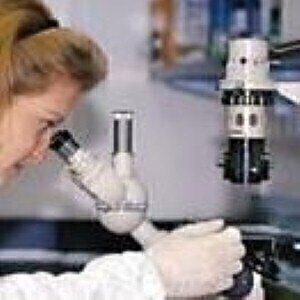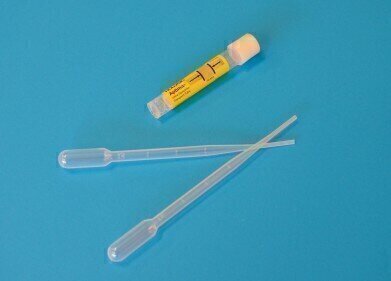Electrophoretic Separations
Novel regulatory mechanism unveils rhaE expression
Feb 22 2012
A new study has used MALDI-TOF mass spectrometry to shed light on the fungal alpha-L-rhamnosidase genes, finding that L-Rhamnose induction of Aspergillus nidulans alpha-L-rhamnosidase genes is glucose repressed via a CreA-independent mechanism acting at the level of inducer uptake.
Scientists used MALDI-TOF mass spectrometry to determine the Amino acid sequence data for the oenological alpha-L-rhamnosidase and found that they correspond to the amino acid sequence deduced from AN7151 (rhaE).
Phylogenetic analysis revealed eukaryotic alpha-L-rhamnosidase to be the first such enzyme found to be more closely related to bacterial rhamnosidases than other alpha-L-rhamnosidases of fungal origin.
A further Northern analyses of diverse A. nidulans strains cultivated under different growth conditions indicate that rhaA and rhaE are induced by L-rhamnose and repressed by D-glucose as well as other carbon sources, some of which are considered to be non-repressive growth substrates.
The results suggested a prominent role for inducer exclusion in repression. This is because the gene induction and glucose repression of these rha genes correlate with the uptake, or lack of it, of the inducing carbon source L-rhamnose. Furthermore, they found that A. nidulans alpha-L-rhamnosidase encoding genes could serve as prototypes for fungal genes coding for plant cell wall degrading enzymes regulated by a novel mechanism of CCR.
Posted by Fiona Griffiths
Digital Edition
Chromatography Today - Buyers' Guide 2022
October 2023
In This Edition Modern & Practical Applications - Accelerating ADC Development with Mass Spectrometry - Implementing High-Resolution Ion Mobility into Peptide Mapping Workflows Chromatogr...
View all digital editions
Events
ACS National Meeting - Fall 2024
Aug 18 2024 Denver, CO, USA
Sep 04 2024 Chiba, Tokyo, Japan
Sep 04 2024 University of Warwick, Coventry, UK
Sep 10 2024 Rockville, MD, USA
Plastics Recycling World Expo Europe
Sep 11 2024 Brussels, Belgium














